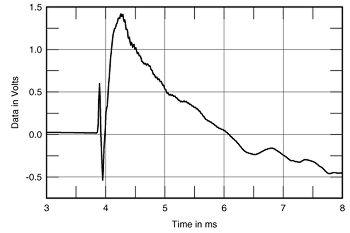| Columns Retired Columns & Blogs |
Monitor Audio Silver 9i loudspeaker Measurements part 2
The upper woofer's fairly wide diameter gives rise to a slight amount of beaming at the top of its passband (fig.5), but the wider dispersion of the tweeter between 10 and 20kHz will compensate, at least in smaller rooms, for the lack of on-axis energy in this region. Otherwise, the lateral dispersion is fairly even. In the vertical plane (fig.6), deep suckouts appear in the crossover region between the tweeter and upper woofer at more than 5 degrees below and 10 degrees above the tweeter axis—it's important not to sit too low when you listen to this tower. The top of the cabinet is 36" high, the average height of a seated listener's ears.

Fig.5 Monitor Audio Silver 9i, lateral response family at 50", normalized to response on tweeter axis, from back to front: differences in response 90 degrees-5 degrees off-axis, reference response, differences in response 5 degrees-90 degrees off-axis.

Fig.6 Monitor Audio Silver 9i, vertical response family at 50", normalized to response on tweeter axis, from back to front: differences in response 15 degrees-5 degrees above reference axis, reference response, differences in response 5 degrees-15 degrees below axis.
In the time domain, the Silver 9i's step response (fig.7) is absolutely normal, with positive-going, non-time-coincident steps from the tweeter and the woofers. Some slight "furring" of the trace can be seen, due to the tweeter's high-amplitude ultrasonic ringing. These twin modes dominate the Monitor's waterfall or cumulative spectral-decay plot (fig.8). Apart from the mid-treble resonant modes of the two woofers, this plot is actually quite clean in the audioband, and suggests a detailed presentation.—John Atkinson

Fig.7 Monitor Audio Silver 9i, on-axis step response at 50" (5ms time window, 30kHz bandwidth).

Fig.8 Monitor Audio Silver 9i, cumulative spectral-decay plot at 50" (0.15ms risetime).
- Log in or register to post comments




































